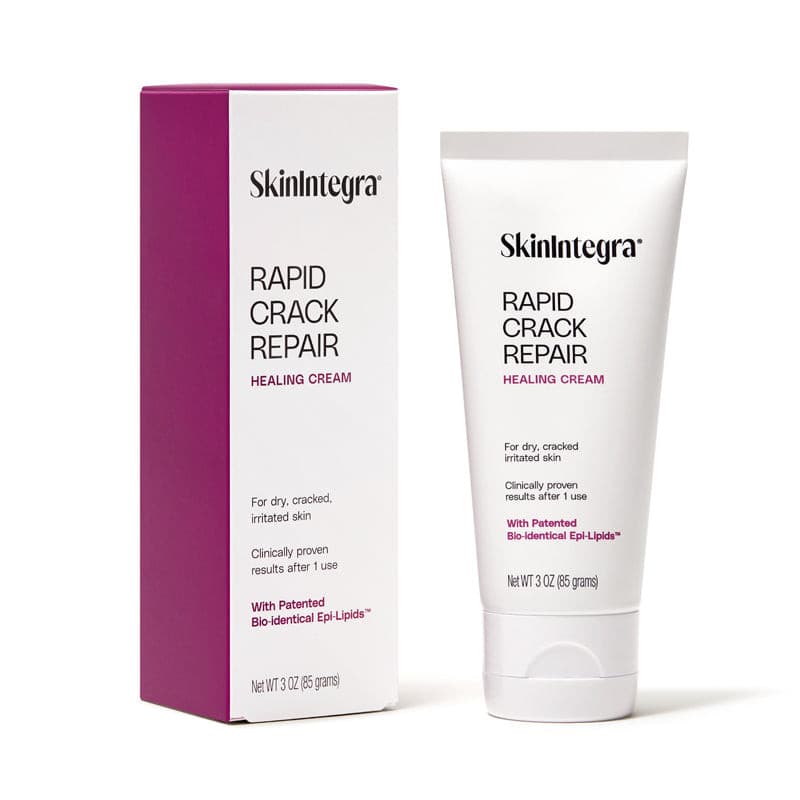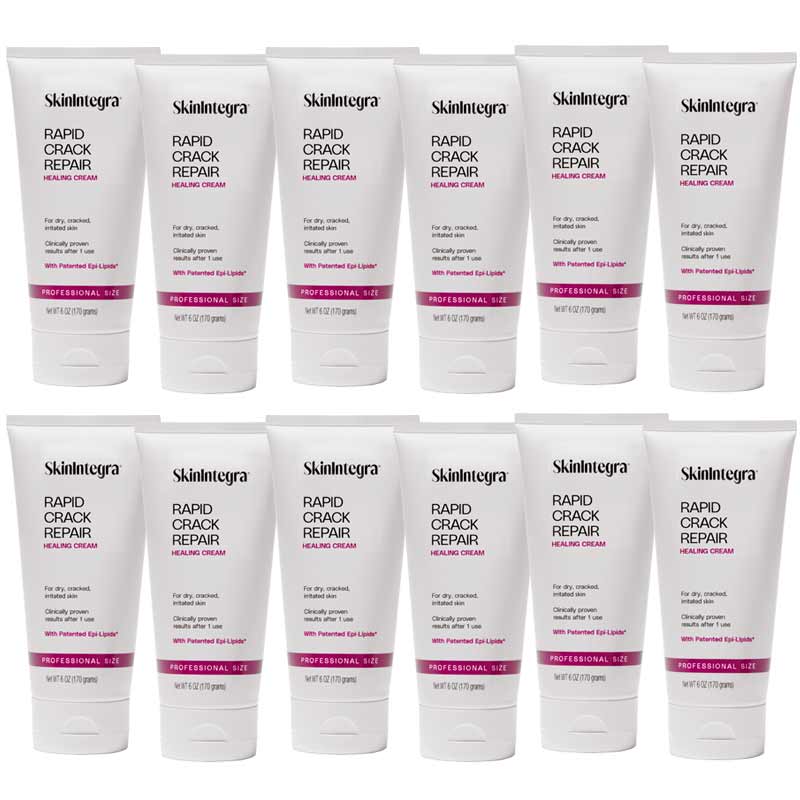Are you tired of dealing with stubborn calluses on your feet? These thickened, hard patches of skin can be not only unsightly but also painful. Understanding the causes and treatment options for stubborn calluses is crucial in finding relief.
Fortunately, there are several treatment options available to help you get rid of these bothersome calluses. From over-the-counter creams and exfoliating treatments to professional foot care, such as foot scrubs or callus shaving, you can take steps to soften and remove the thickened skin.
In this article, we will explore the causes behind stubborn calluses and provide you with effective treatment options. including for people with diabetes who face greater risks with calluses.
Common causes of stubborn calluses on feet
Calluses develop as a result of repetitive friction or pressure on the skin. They often form on the soles of your feet, especially in areas that bear weight. This can be due to wearing ill-fitting shoes, wearing shoes and sandals without socks causing friction on your feet, walking or running barefoot on hard surfaces, or engaging in activities that put excessive stress on your feet. When the skin is exposed to constant pressure or friction, it responds by producing extra layers of skin to protect itself. Over time, these layers build up, forming what we commonly refer to as calluses.
Certain activities that put excessive stress on the feet can also lead to the development of calluses. Athletes, dancers, and people who engage in high-impact activities are more prone to developing calluses due to the repetitive movements and pressure on their feet. It's important to be mindful of these activities and take steps to protect your feet from excessive friction and pressure.
Calluses are the body's natural defense mechanism to protect the skin from damage. However, when they become too thick and hardened, they can cause discomfort and pain. It's important to understand the underlying causes of stubborn calluses in order to effectively treat and prevent them.
Image of a foot callus

Calluses in diabetic patients
Foot calluses are a common issue affecting people with diabetes. It occurs due to high blood sugar levels that lead to the loss of feeling in the feet known as neuropathy, making the feet vulnerable to injury and infection. A diabetic person who does not check their feet regularly, may not feel a callus forming. Neuropathy also damages the nerves that control sweat production and regulate skin oils, making diabetic patients more prone to dry skin and calluses.
The importance of proper foot care
Proper foot care is essential in preventing and treating calluses. Regularly washing and moisturizing your feet can help keep the skin soft and supple, reducing the likelihood of callus formation. In addition, wearing comfortable and properly fitting shoes that provide adequate support can go a long way in preventing calluses.
It's also important to pay attention to any changes in your feet and seek professional help if necessary. If you notice any signs of infection, such as redness, swelling, or drainage, it's important to consult a healthcare professional for proper diagnosis and treatment.
Home remedies for treating stubborn calluses
If you're looking for home remedies to treat stubborn calluses, there are several options available. One popular method is soaking your feet in warm water with Epsom salt or apple cider vinegar. This can help soften the calluses and make them easier to remove. After soaking, gently scrub the calluses with a pumice stone or foot file to remove the dead skin.
Another home remedy is to apply moisturizing creams or lotions to the affected areas. Look for over-the-counter products that contain ingredients like urea or salicylic acid, as these can help soften the calluses and promote their gradual removal. It's important to follow the instructions on the product and not to overuse them, as they can cause skin irritation if used excessively.
While salicylic acid can be helpful to soften calluses, all salicylic acid products carry a strict contraindication against use by patients with diabetes since it creates an artificial wound that may not heal. Dr. Mark Hinkes, DPM, says in Podiatry Today: “Salicylic acid has the property of destroying tissue, usually painlessly. However, use of this medication—by a patient with diabetes can result in the typical white acid burn to the tissues and an ulcer.”
Similarly, physical removers such as stones and files must also be avoided by diabetic patients as they can lead to a diabetic foot infection. It is very important to consult a podiatrist for removal of calluses to prevent the risk of infection in diabetic patients.
A Rapid Moisturizing Cream for stubborn calluses optimally designed for dry diabetic skin
SkinIntegra’s Rapid Crack Repair Cream is a novel repair moisturizer that was specifically formulated to target stubborn and painful foot calluses in people with diabetes and mitigate the risk of an infection. Its patented composition is the result of research into all the components of a healthy skin barrier. For that reason, it includes the essential moisturizing and lipid ingredients naturally found in a healthy skin barrier such as urea, lactic acid, hyaluronic acid for moisturizers and essential fatty acids, natural oils and ceramides for lipids.
In a clinical study, 100% diabetic subjects with dry, cracked skin showed improvement after just one day.
Rapid Crack Repair Cream is free of common skin irritants which can cause a reaction and slow the natural healing process in diabetic skin such as fragrances, dyes, parabens and other harsh preservatives, petroleum-based ingredients, and phthalates.

Medical treatments for severe calluses
For severe or persistent calluses that do not respond to home remedies or over-the-counter treatments, medical intervention may be necessary. A podiatrist or dermatologist can offer professional treatments to help remove stubborn calluses. One common medical treatment is callus shaving or debridement, where the thickened skin is carefully removed using a special instrument. Podiatrists shave calluses with sterilized blades. It only takes a few minutes.
In some cases, a podiatrist may recommend orthotics or custom-made shoe inserts to help redistribute pressure on the feet and prevent the formation of calluses. They may also recommend padding or cushioning devices to protect the affected areas and reduce friction.
Prevention tips to avoid the formation of calluses
Preventing the formation of calluses is key to maintaining healthy and comfortable feet. Here are some prevention tips to keep in mind:
- Wear comfortable and properly fitting shoes that provide adequate support.
- Avoid walking or running barefoot on hard surfaces.
- Use cushioning insoles or pads to reduce pressure on the feet.
- Regularly exfoliate and moisturize your feet to keep the skin soft and supple.
- Trim your toenails properly to avoid ingrown toenails, which can lead to callus formation.
- Take breaks and rest your feet if you engage in activities that put excessive stress on them.
By following these prevention tips, you can significantly reduce the likelihood of developing stubborn calluses on your feet.
Extra Prevention tips for diabetic patients
Proper foot care is essential for those with diabetes. Additional prevention tips include:
1. Never walking barefoot
2. Keeping your feet well-moisturized and never moisturizing between your toes
3. Never soaking your feet for long periods of time
4. Never shaving down calluses at home
5. Contacting your podiatrist at the first sign of a problem
When to seek professional help for stubborn calluses
While most calluses can be effectively treated at home, there are instances where professional help may be necessary. If you have diabetes or poor circulation, it's important to seek medical advice before attempting any home remedies or over-the-counter treatments. These conditions can affect the healing process and increase the risk of complications.
It's also recommended to seek professional help if you have severe or persistent calluses that do not respond to home remedies or over-the-counter treatments. A podiatrist or dermatologist can provide specialized care and offer tailored treatment options to help you find relief.
The role of footwear in preventing and treating calluses
Proper footwear plays a crucial role in preventing and treating calluses. Wearing shoes that fit well and provide adequate support can significantly reduce the risk of callus formation. Look for shoes that have cushioning insoles, a wide toe box, and are made of breathable materials. Avoid shoes with high heels or narrow toe boxes, as they can increase pressure on the feet and contribute to callus formation.
If you already have calluses, wearing shoes with extra padding or using cushioning insoles can help alleviate discomfort and reduce friction on the affected areas. It's important to choose footwear that is appropriate for your specific foot shape and needs.
Conclusion: Taking care of your feet for overall foot health
Stubborn calluses on the feet can be bothersome and painful, but with the right knowledge and treatment options, you can find relief. Understanding the causes of calluses and taking steps to prevent their formation is key in maintaining overall foot health. From home remedies and over-the-counter treatments to professional care, there are various options available to soften and remove stubborn calluses. Remember to prioritize proper foot care and seek professional help if needed.
In conclusion, don't let stubborn calluses keep you from enjoying life to the fullest. Take the necessary steps to treat and prevent them, and you'll be on your way to happy and healthy feet.





